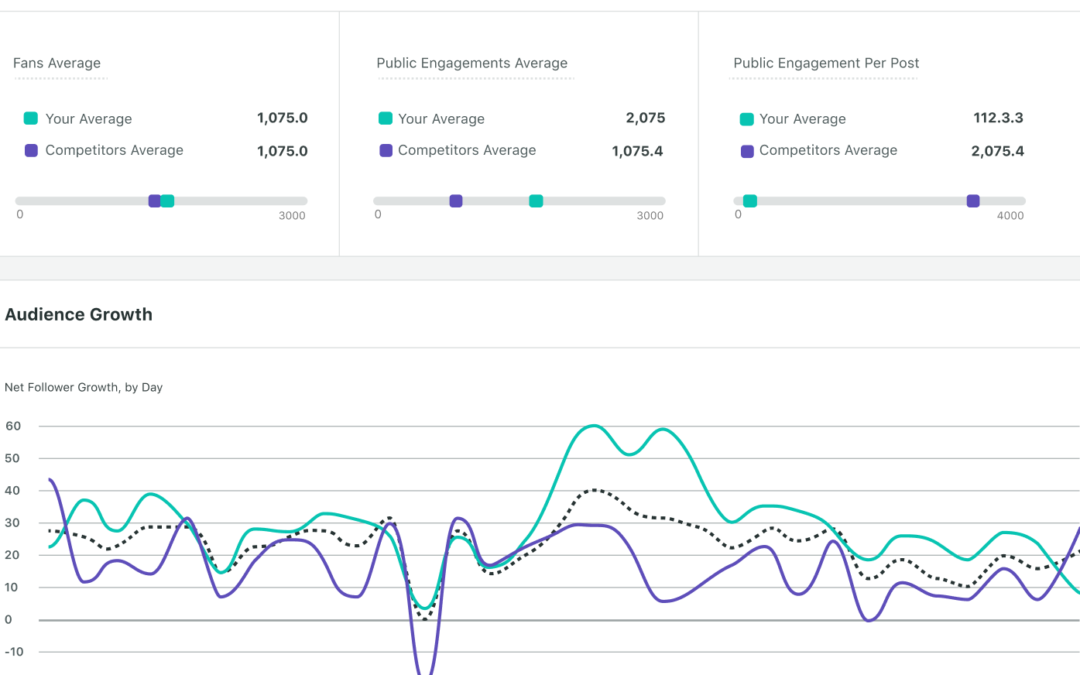SEO Competitive Analysis: A Comprehensive Guide to Outrank Your Competitors
In the ever-evolving landscape of digital marketing, understanding why your competitors are outranking you and taking actionable steps to improve your rankings is crucial. This is where SEO competitive analysis comes into play. By studying what your competitors are doing, you can refine your strategies and carve out your niche in the search engine results pages (SERPs).
1. Identify Your SEO Competitors
You might already be familiar with the big names in your industry, but identifying your main SEO rivals requires a different approach. Your top SEO competitors are those who rank on the first page for the keywords you’re targeting, regardless of whether they directly compete with your business.
For instance, a bakery in New York aiming to rank for “best bread in New York” competes with other bakeries for first-page results. However, if they also publish a how-to blog, they’ll be up against major publishers like Food Network and Taste of Home. Thus, identifying these varied competitors is essential.
To find your SEO competitors, enter your top keywords into Google and note the domains of the main competitors. Alternatively, use competitor analysis tools to streamline this process. Monitoring the SERP landscape helps you understand the content format dominating your target keywords, whether it’s videos, articles, or local packs, allowing you to tailor your content strategy accordingly.
2. Evaluate Keyword Difficulty
Assessing the strength of your SEO competitors is a vital step before diving into specific strategies. While it’s theoretically possible to outrank any competitor, the resources required for some keywords may not be feasible. Use your competitor analysis tool to examine your competitors’ domain strength and specific factors such as:
- Domain authority
- Domain age and country
- Indexing in search engines
- Catalog listings
- Backlink data
- Alexa rank
- Traffic volumes
- Social signals
Document this information to identify weaknesses you can exploit. Focusing on competitors with lower overall scores but strong rankings for niche keywords can provide more achievable targets.
3. Look for New Keyword Opportunities
Term frequency-inverse document frequency (TF-IDF) analysis is a valuable method for enriching your content with relevant keywords your competitors are using. TF-IDF measures how often a keyword appears on a page (term frequency) multiplied by how often it’s expected to appear (inverse document frequency). This helps optimize your pages for search engines and discover low-competition keywords.
By analyzing TF-IDF, you can identify common terms and phrases used by top-ranking pages for your target keywords. For example, high-ranking content for “coffee brewing recipes” often includes specific details about coffee bean blends, roasting techniques, and filter types. Incorporating these terms into your content boosts your relevance in semantic search.
4. Analyze On-Page Optimization & On-Site Content
Using competitive analysis tools to examine your competitors’ on-site SEO provides a wealth of information. You can learn about their content publication frequency, content types, and targeted keywords. Pay special attention to:
- Metadata
- Headline strategies (title length, keywords, title tags)
- Internal linking strategies
Tracking these elements allows you to benchmark your on-site SEO efforts. Identify what your competitors do well to learn from their success and pinpoint areas they’re missing to capitalize on opportunities.
When analyzing content, consider:
- Topical relevance
- Content or media types (articles, videos, infographics)
- Video length or word count
- Depth of detail covered
These factors significantly impact how Googlebot evaluates your website.
5. Dig Into Competitor Backlink Profiles
Understanding where your competitors earn their backlinks is crucial for building high-quality links for your site. Dissecting their link profiles reveals new link opportunities. Utilizing a robust SEO tool for this step is essential, as manually analyzing backlinks is impractical.
6. Examine Site Structure & UX
Google’s focus on user experience (UX) is evident in recent algorithm updates. Improving mobile experiences, page speed, and search results are key factors. Analyzing your competitors’ site structure and UX can provide insights into enhancing your own site’s performance. Pay attention to:
- Site navigation
- Mobile-friendliness
- Page load times
- Overall user experience
A well-structured, user-friendly site not only improves your rankings but also keeps visitors engaged.
Conclusion
SEO competitive analysis is a powerful tool to help you understand why your competitors are outranking you and how to improve your SEO strategy. By identifying your SEO competitors, evaluating keyword difficulty, finding new keyword opportunities, analyzing on-page optimization, examining backlink profiles, and improving site structure and UX, you can develop a comprehensive plan to boost your rankings. Combine these strategies with your favorite competitor research tools, and you’ll be well on your way to SEO success.
